


Explore by Project Phase
Explore tools by project phase
The Climate-Resilient Fisheries Toolkit is a comprehensive set of resources that can help diagnose the challenges, opportunities, drivers and dynamics in your fishery system and inform strategies for successful design and implementation of sustainable fisheries management.
The Toolkit is organized by project phases, which serve as a roadmap for fishery reform. The project phases describe the general steps typically taken over the course of the fishery reform process. The project phases are generally sequential, but your fishery reform process may begin at any point, or you may be working to address multiple phases at once. You can access and use the Toolkit no matter what project phase your fishery is in.
Review the project phases below and click to see tools for each phase.

Project Phases
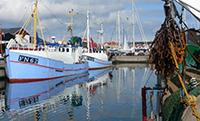
Strategic scoping
In strategic scoping, fishery practitioners explore challenges, opportunities and goals within a region and develop a strategy for engaging with a fishery system.
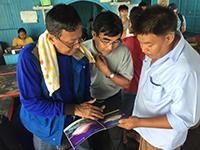
Site selection
The site selection process allows fishery practitioners to select the most strategically appropriate sites or fisheries to work in based on their project strategy.
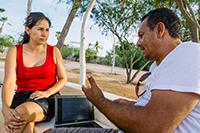
Assessment & engagement
In this phase, fishery practitioners conduct a deeper analysis of the conditions at the site(s), including engaging with fishery stakeholders and collecting information to better understand the fishery.
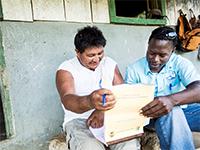
Design
The design phase involves deep engagement with fishery stakeholders to design solutions for the fishery and develop management plans.
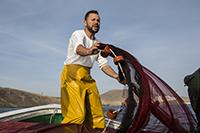
Implementation
In the implementation phase, the program designed “on paper” goes live “on the water”, requiring administrative systems, including ongoing science, monitoring, enforcement and decision making.
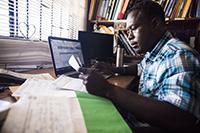
Evaluation
In the evaluation phase, systems are set up for ongoing evaluation of the performance of the fishery management program.

